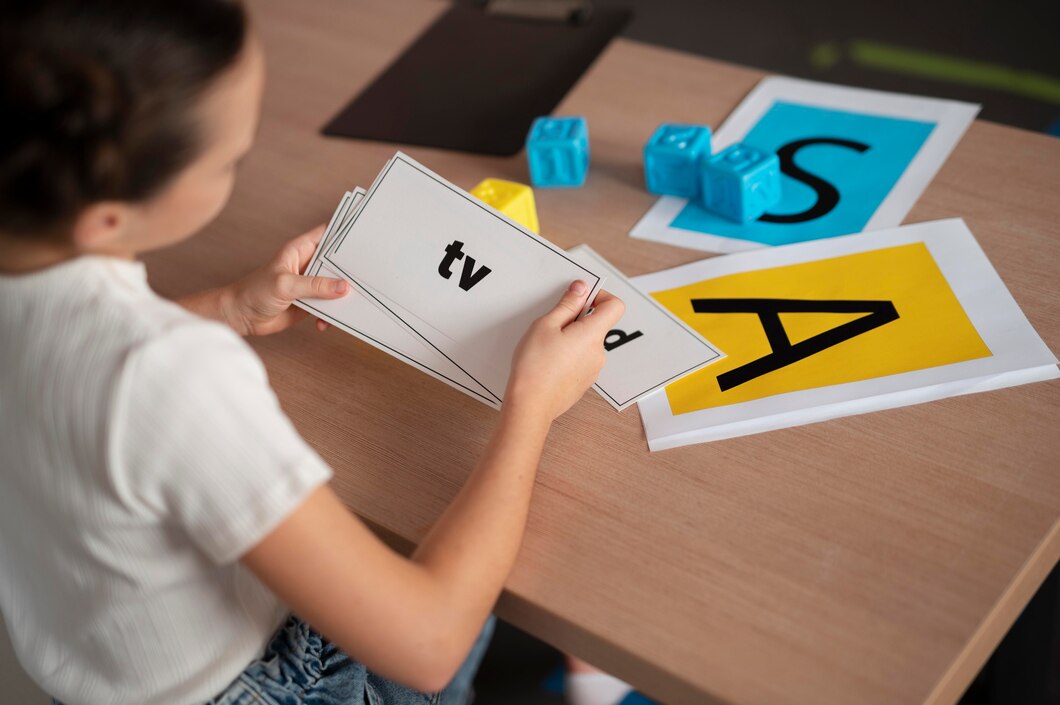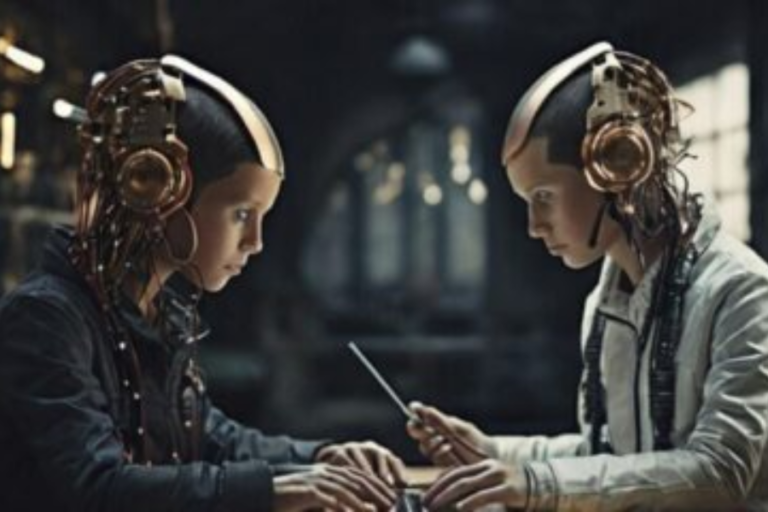The ABCs of Early Learning Discovering the Wonders of Preschool Curriculum and Activities
Early childhood education is crucial for lifelong learning, with preschool serving as the first formal educational experience for many children. This blog post examines the key components of preschool education, focusing on teaching strategies and the integration of play and technology. It offers valuable insights for parents and educators looking to enhance their understanding of early childhood education.
Understanding the Core Elements of a Preschool Curriculum
A well-rounded preschool curriculum is crucial for fostering a child’s holistic development. At its core, it encompasses several key components, including literacy, math, science, and social skills. Literacy introduces children to the world of words, laying the groundwork for reading and writing. Through engaging stories, songs, and conversations, preschoolers develop language skills essential for communication and comprehension.
Math encourages logical thinking and problem-solving. Preschool math concepts include counting, sorting, and recognizing patterns. These activities not only make learning fun but also help children understand numbers and shapes, forming the basis for more complex math skills in the future.
Science and social skills are equally important. Through simple experiments and nature explorations, children learn about the world around them. They develop curiosity and critical thinking, asking questions and seeking answers. Social skills, on the other hand, are cultivated through group activities, teaching children cooperation, empathy, and the art of forming friendships.
The Power of Play Integrating Learning Through Activities
Play is the heart of early childhood education. It is through play that children explore, experiment, and understand the world. Play-based learning fosters creativity, imagination, and problem-solving skills. When children engage in pretend play, they mimic real-life scenarios, developing language and social skills while having fun.
Incorporating educational activities into play enhances learning. For instance, playing with building blocks teaches spatial awareness and basic engineering concepts. Arts and crafts stimulate creativity and fine motor skills. Games that involve sorting and matching boost cognitive abilities, helping children recognize patterns and sequences.
Physical play is equally important. Activities like running, jumping, and climbing improve physical health and coordination. They release energy and build confidence, creating a balance between mental and physical development. By integrating play into the curriculum, educators can make learning an enjoyable and dynamic experience for preschoolers.
Strategies for Engaging Preschoolers in Learning
Engaging preschoolers in learning requires creativity and patience. To capture their attention, educators and parents must adopt a child-centered approach. Daycares like those in Salt Lake City often use effective strategies, such as creating a thematic curriculum, where activities revolve around a central theme. This approach makes learning relevant and relatable, sparking children’s curiosity and interest.
Interactive storytelling is another powerful tool. By using props, puppets, and dramatic expressions, educators can bring stories to life, encouraging active participation. Storytelling not only enhances listening skills but also stimulates imagination and creativity.
Hands-on activities are essential for experiential learning. Activities such as cooking, gardening, and simple science experiments allow children to explore and discover. Through tactile experiences, children develop critical thinking and problem-solving skills. Encouraging exploration and curiosity, hands-on activities foster a love for learning.
Navigating the Digital Landscape Incorporating Technology in Preschool Education
In today’s digital age, technology plays an increasingly significant role in education. When used appropriately, it can enhance learning experiences in preschool settings. Educational apps and interactive games introduce preschoolers to basic concepts like letters, numbers, and shapes. They provide a multisensory approach to learning, catering to different learning styles.
Digital storytelling is another exciting way to engage children. Interactive e-books and digital story platforms offer audio-visual elements that captivate young audiences. They encourage children to explore stories independently, promoting reading habits from an early age.
While technology offers numerous benefits, it’s essential to maintain a balanced approach. Screen time should be limited, and digital tools should complement, not replace, traditional learning methods. Educators and parents must guide children in the responsible use of technology, ensuring it enhances, rather than hinders, their development.
Conclusion
After exploring the facets of preschool education, it’s clear a well-rounded curriculum is essential for young learners. By integrating various subjects and using play-based learning, educators can create engaging experiences. Technology can enhance traditional methods, but hands-on activities and social-emotional development must stay at the core of preschool education.
Keep an eye for more news & updates on NewsLetTertribune!






